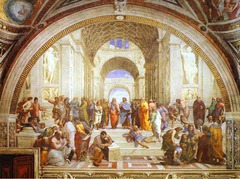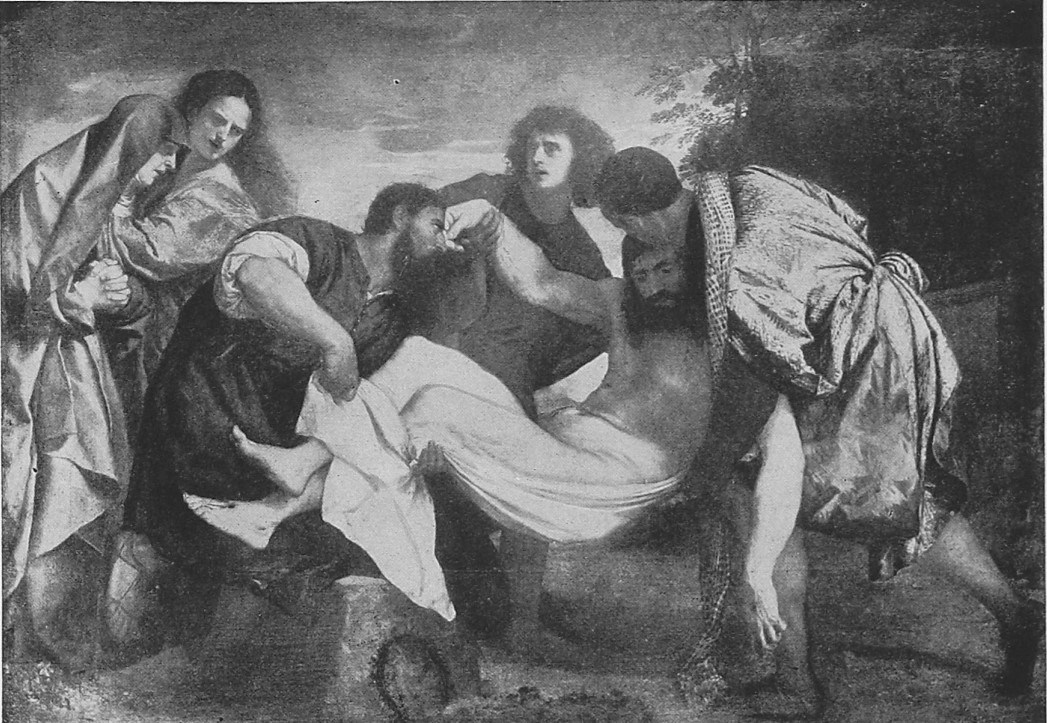• Leonardo was raised by his single father.
• Leonardo was one of the first Italians to use oil paint .
• He was left-handed
• Leonardo da Vinci left many paintings unfinished and destroyed most of his work.
• Two of his works, the Mona Lisa and The Last Supper, are the most famous, most reproduced and most parodied portrait and religious painting of all time.
• Leonardo was a vegetarian who loved animals and despised war, yet he worked as a military engineer to invent advanced and deadly weapons.
• Leonardo drew the plans for the first armored car in 1485!
• He invented the bicycle 300 years before it appeared on the road.
• Leonardo di Vinci created an inflatable tube so people could float in the water.
• Leonardo da Vinci had dyslexia, when he made notes on his inventions it was all written in reverse, which made it hard for others to dig through his notes and steal his ideas.
• Leonardo da Vinci dug into graveyards at night to steal corpses and study human anatomy (and find out where the soul was).

Raphael
OCCUPATION
Painter, Architect
BIRTH DATE
April 6, 1483
DEATH DATE
April 6, 1520
PLACE OF BIRTH
Urbino, Italy
PLACE OF DEATH
Rome, Italy
AKA
Raffaello
Raphael
Raphael Santi
Raphael Sanzio
Rafaello Sanzio
Rafaello Santi
NICKNAME
“Prince of Painters”
FULL NAME
Rafaello Sanzio da Urbino
Botticelli Fact 2: Family – His father, Mariano di Vanni, was a tanner who apprenticed Sandro to his brother Antonio a goldsmith after his basic education was finished.
Botticelli Fact 3: Work – Sandro Botticelli preferred painting to the work of a goldsmith so his father then apprenticed him to the Renaissance artist Fra Filippo Lippi. Botticelli travelled to Hungary with Fra Filippo Lippiand contributed to a fresco being created there. Fra Filippo Lippi taught Sandro Botticelli the techniques
of fresco and panel painting and was a great influence on his later work.
Botticelli Fact 4: Botticelli established his own workshop in 1470 and became a member of St Lukes Guild, the Florentine painters’ guild.

The ‘Pietà’ was originally destined for his own tomb in the church of Santa Maria Gloriosa dei Frari, where Titian was buried after dying of the plague on 27 August 1576.

Only four unquestionably attributable works of Masaccio survive, although various other paintings have been attributed in whole or in part to him. All of his works are religious in nature-altarpieces or church frescoes. The earliest, a panel, the Madonna with St. Anne (circa 1423, Uffizi, Florence), shows the influence of Donatello in its realistic flesh textures and solidly rounded forms. The fresco Trinity (c. 1425, Santa Maria Novella, Florence) used full perspective for the first time in Western art. His altarpiece for Santa Maria del Carmine, Pisa (1426), with its central panel of the Adoration of the Magi (now in the Staatliche Museen, Berlin), was a simple, unadorned version of a theme that was treated by other painters in a more decorative, ornamental manner. The fresco series for the Brancacci Chapel in Santa Maria del Carmine, Florence (about 1427) illustrates another of his great innovations, the use of light to define the human body and its draperies. In these frescoes, rather than bathing his scenes in flat uniform light, he painted them as if they were illuminated from a single source of light (the actual chapel window), thus creating a play of light and shadow (chiaroscuro) that gave them a natural, realistic quality unknown in the art of his day. Of these six fresco scenes, Tribute Money and the Expulsion from Paradise are considered his masterpieces.
Masaccio’s work exerted a strong influence on the course of later Florentine art and particularly on the work of Michelangelo. He died in Rome in 1427 or 1428.
Early Years
Born in 1377 in Florence, Italy, Filippo Brunelleschi’s early life is mostly a mystery. It is known that he was the second of three sons and that his father was a distinguished notary in Florence. Brunelleschi initially trained as a goldsmith and sculptor and enrolled in the Arte della Seta, the silk merchants’ guild, which also included goldsmiths, metalworkers and bronze workers. Around the turn of the century, he was designated a master goldsmith.
In 1401, Brunelleschi competed against Lorenzo Ghiberti, a young rival, and five other sculptors for the commission to make the bronze reliefs for the door of the Florence baptistery. Brunelleschi’s entry, “The Sacrifice of Isaac,” was the high point of his short career as a sculptor, but Ghiberti won the commission. Ghiberti went on to complete another set of bronze doors for the baptistery with the help of Renaissance giant Donatello. A hundred years later, Michelangelo said about the doors, “Surely these must be the ‘Gates of Paradise.'”
The Transition to Architecture
Brunelleschi’s disappointment at losing the baptistery commission might account for his decision to concentrate his talents on architecture instead of sculpture, but little biographical information is available about his life to explain the transition. (He continued to sculpt, but architecture was the dominant thread in his professional career.) Also unexplained is Brunelleschi’s sudden transition from his training in the Gothic or medieval manner to the new architectural classicism.
Perhaps he was simply inspired by his surroundings, since it was in this period (1402-1404) that Brunelleschi and his good friend and sculptor Donatello purportedly visited Rome to study the ancient ruins.
Donatello, nine years Brunelleschi’s junior, had also trained to be a goldsmith. After his training, he even worked in Lorenzo Ghiberti’s studio. In times past, writers and philosophers had discussed the grandeur and decline of ancient Rome, but it seems that until Brunelleschi and Donatello made their journey, no one had studied the physical presence of Rome’s ruins in detail. Although Donatello remained a sculptor, the trip seems to have had a profound effect on Brunelleschi, and he turned firmly and permanently to architecture in the following decade.
The Reinvention of Linear Perspective
Early in his architectural career (c. 1410-1415), Brunelleschi rediscovered the principles of linear perspective, known to ancient Greeks and Romans, but lost during the Middle Ages. With these principles, one can paint or draw using a single vanishing point, toward which all lines on the same plane appear to converge, and objects appear smaller as they recede into the distance.
Brunelleschi displayed his findings with two painted panels (since lost) of Florentine streets and buildings. By using Brunelleschi’s perspective principles, artists of his generation were able to use two-dimensional canvases to create illusions of three-dimensional space, crafting a realism not seen previously.
Linear perspective as an artistic tool soon spread throughout the whole of Italy and then through Western Europe, and has remained a staple in artistic creation since.
Other Works and Death
Brunelleschi is also known for building or rebuilding military fortifications in such Italian cities as Pisa, Rencine, Vicopisano, Castellina and Rimini. He also created a hoist-like mechanism to help stage theatrical religious performances in Florentine churches (to assist angels in flying, for instance) and is credited with securing the first modern patent for a riverboat he invented.
Brunelleschi died in Florence on April 15, 1446, and is entombed in the Duomo. He is remembered as one of the giants of Renaissance architecture. The inscription on his grave within the basilica reads: “Both the magnificent dome of this famous church and many other devices invented by Filippo the architect bear witness to his superb skill. Therefore, in tribute to his exceptional talents, a grateful country that will always remember buries him here in the soil below.”
There is a common misconception, which dates back to the sixteenth-century Vite of the Tuscan artist and biographer Giorgio Vasari, that Jan van Eyck invented oil painting. It is however true that he achieved, or perfected, new and remarkable effects using this technique.
Jan van Eyck has often been linked as brother to painter and peer Hubert van Eyck, because both have been thought to originate from the same town, Maaseik in Limburg (Belgium). Another brother, Lambert van Eyck is mentioned in Burgundian court documents, and there is a conjecture that he too was a painter, and that he may have overseen the closing of Jan van Eyck’s Bruges workshop. Another significant, and rather younger, painter who worked in Southern France, Barthelemy van Eyck, is presumed to be a relation.

His prints established his reputation across Europe when he was still in his twenties, and he has been conventionally regarded as the greatest artist of the Renaissance in Northern Europe ever since.





